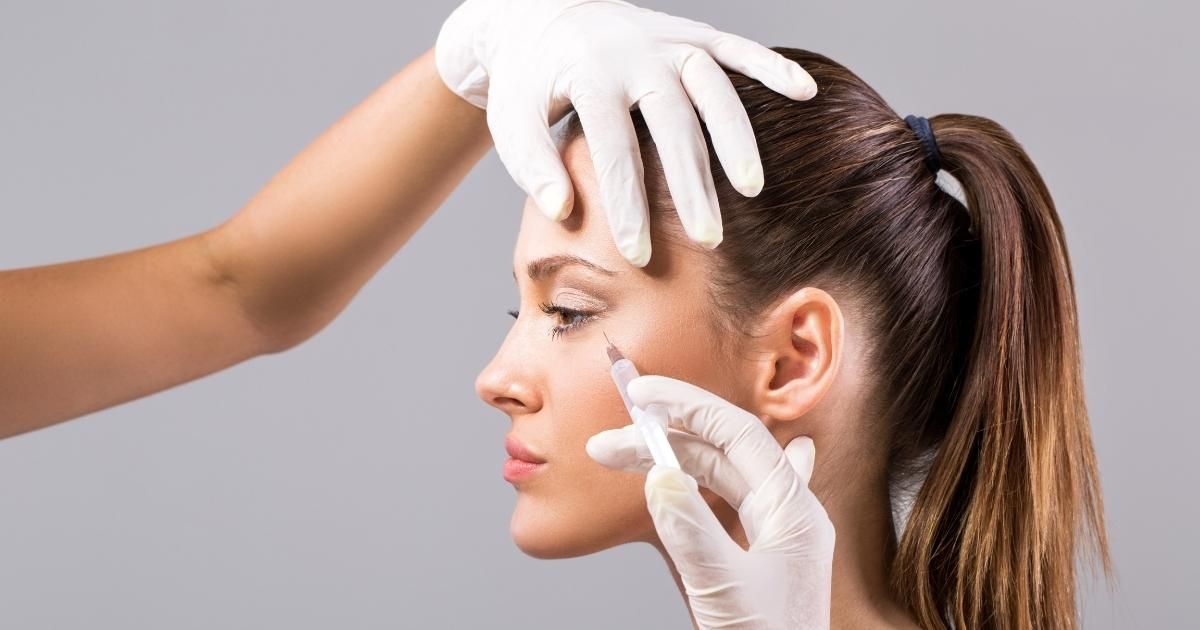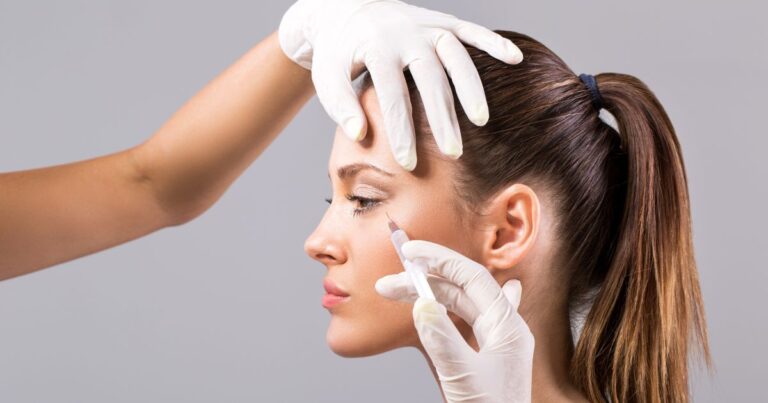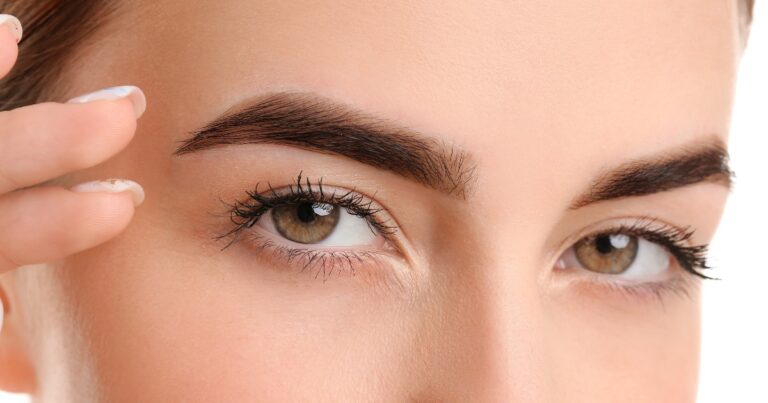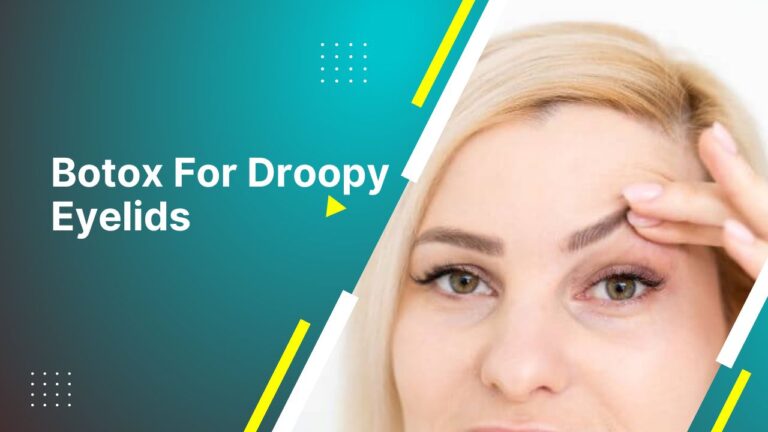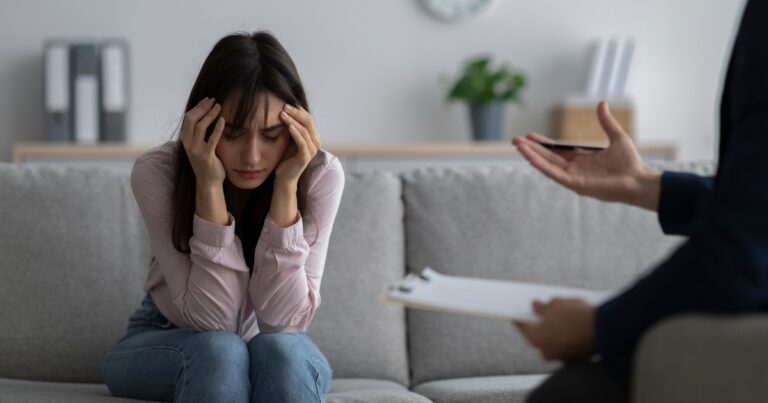Botox, a household name in the world of cosmetic treatments, is renowned for its ability to smooth wrinkles temporarily. But can Botox improve skin texture? Skincare enthusiasts, aestheticians, and dermatologists alike are interested in this question. This in-depth analysis will unravel the relationship between Botox and skin texture enhancement.
An American Society of Plastic Surgeons study found that nearly 7.7 million Botox procedures were conducted in 2020 alone. This number has not only opened up new discussions about the possible benefits of Botox but also emphasised the need to understand its effect on skin texture. We’ll explore Botox’s science and its potential role in making skin feel as good as it looks.
How Does Botox Work? And What Is It?
The toxin produced by Clostridium botulinum is branded Botox. Botulism, a food poisoning caused by excessive levels of this toxin, can occur in large quantities. Botulism, a food poisoning caused by excessive levels of this toxin, can occur in large quantities.
- Neurotoxin classification: Botox is classified as a neurotoxin. Its primary function is to block nerve signals in the muscles where it is injected. When those nerve signals are interrupted, the affected muscle is temporarily paralysed or frozen. Without the ability to move, inevitable wrinkles can be diminished or eliminated.
- Botox Procedure: The Botox procedure involves injecting the neurotoxin into specific muscles using an excellent needle. It usually takes less than 15 minutes, without anaesthesia, and is usually quick.
- Treatment Areas: Botox injections are most commonly used to treat facial lines and wrinkles, including forehead lines, frown lines (between the eyebrows), and crow’s feet (lines around the eye).
- Results Timeline: The results of Botox treatment can start to appear within a few days, with the full effect becoming evident after about two weeks. The effects of Botox typically last between three and six months.
- Side Effects: Botox can have side effects, including pain or swelling at the injection site, headaches, flu-like symptoms, droopy eyelids, and crooked smiles. They are usually temporary side effects.
- Continual Use: Over time, muscles adapt to the lack of movement, and the lines and wrinkles soften and often appear less severe even as the effects of Botox begin to fade. Patients often require less frequent treatments over time, maintaining a smoother appearance.
Can Botox Improve Skin Texture?
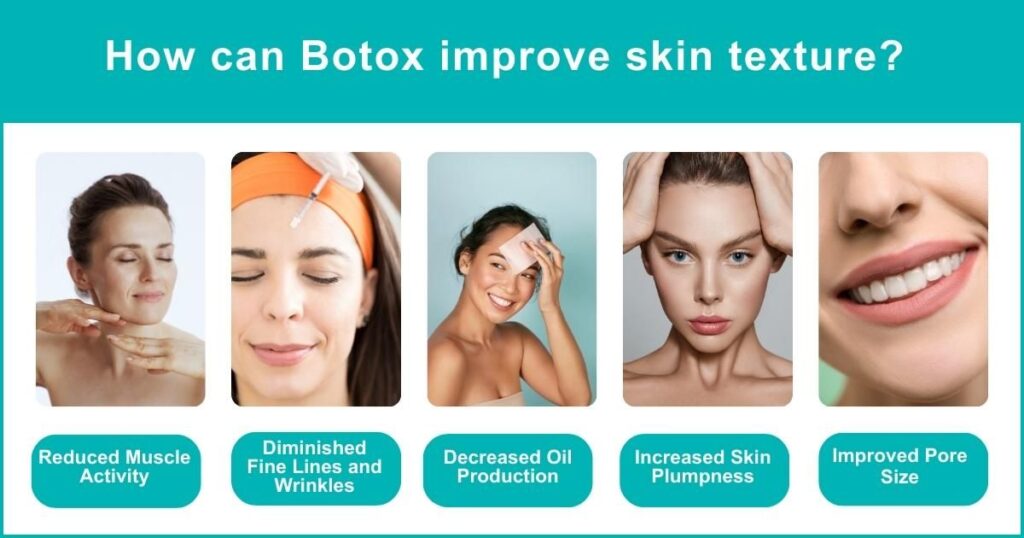
Researchers are still exploring whether botox could also improve skin texture, despite its widespread recognition for anti-wrinkle effects. There is a theory that Botox could reduce oil production and improve skin texture by acting on the sebaceous glands. Additionally, by relaxing the muscles under the skin, Botox could provide a smoother appearance. However, its impact on skin texture must be more clearly established and well-studied as its wrinkle-reducing effects.
Book A Consultation With Dr Tarek Bayazid
Top-rated Plastic Surgeon For Botox in Dubai
Installment Plan Available
Additionally, everyone’s skin texture may improve differently and could change depending on various factors, including age, skin type, and treatment area. Always consult a qualified healthcare professional before having Botox or any other skin treatment.
You can rely on them for guidance that considers the most recent research and is specifically designed for your situation.
How Can Botox Improve Skin Texture?
Botox’s potential to improve skin texture could be attributed to several factors. Here are a few possible ways how Botox might enhance skin texture:
| Factor | How Botox Improves Skin Texture |
| Reduced muscle activity | Botox relaxes facial muscles, which may lead to a smoother skin appearance, thereby improving its texture. |
| Diminished fine lines and wrinkles | The main effect of Botox is reducing fine lines and wrinkles, which contributes to an overall improvement in skin texture. |
| Decreased oil production | Some studies suggest that Botox could affect the sebaceous glands, reducing oil production, resulting in a less shiny and smoother skin appearance. |
| Increased skin plumpness | Botox could lead to a plumper skin look, as relaxed facial muscles allow dermal fillers (if used in conjunction with Botox) to perform more effectively. |
| Improved pore size | Botox may reduce enlarged pores, as decreased muscle activity and oil production could minimise the pore size over time. |
What Are The Benefits Of Botox To Improve Skin Texture?
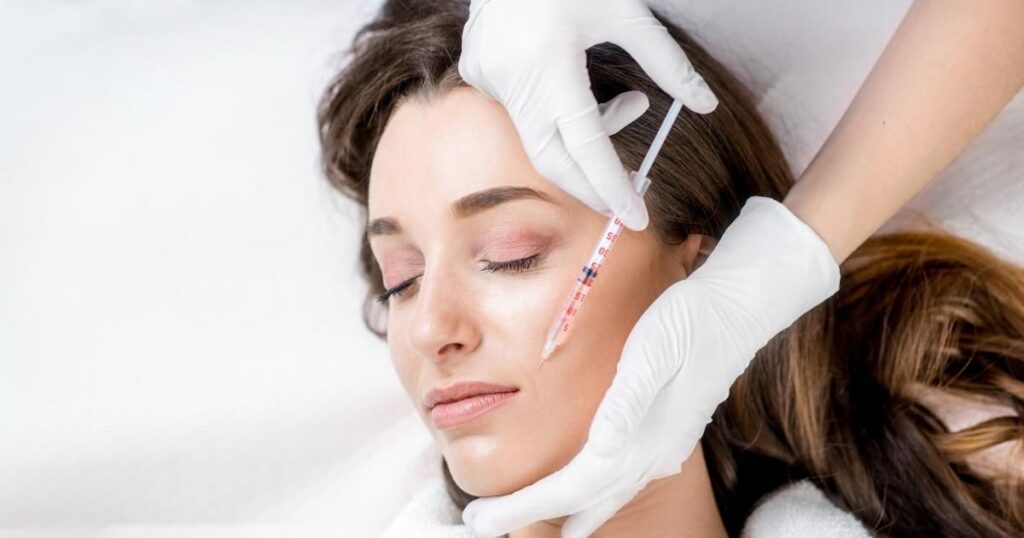
While Botox is typically recognized for its ability to smooth out wrinkles, research suggests it may also benefit skin texture. Here are a few potential benefits:
- Reduced Oil Production: Botox injections might reduce the activity of the sebaceous glands, which can result in less oily skin. For people with overly oily skin, this could be a significant benefit.
- Pore Size Reduction: Botox might also reduce pore size over time by decreasing oil production. Smaller pores can give the skin a smoother, more refined appearance.
- Improved Acne: Given its potential role in reducing oil production, Botox might help alleviate symptoms of acne, improving skin texture.
- Enhanced Radiance: Botox may improve skin radiance by creating a smoother canvas, leading to a more youthful appearance.
- Preventative Aging: When used judiciously, Botox can help prevent some signs of ageing, thus preserving skin’s texture and elasticity.
What Are The Possible Side Effects of Botox on Skin Texture?
You can count on them for guidance that is both current and based on solid research, no matter what your specific situation. Here are some potential impacts of Botox on skin texture:
- Skin Discoloration: Some people may experience changes in skin colour or bruising around the injection site.
- Temporary Swelling or Redness: This is a common side effect, usually subsiding a few hours or days after the treatment.
- Dry Skin: While Botox may reduce oil production beneficially for some, it can potentially lead to overly dry skin in others.
- Uneven Texture: Incorrectly administered Botox might lead to muscle drooping, creating an uneven skin texture.
- Allergic Reactions: Though rare, some people may experience an allergic reaction to Botox, which could impact skin texture and overall health.
- Granulomas: Very rarely, Botox might cause granulomas, small areas of inflammation, which can affect skin texture.
Expert Opinions: Dermatologists on Botox for Skin Texture
Here are some expert insights from dermatologists on the use of Botox for skin texture improvement:
- Potential to Reduce Sebum Production: Many dermatologists agree that Botox can help reduce sebum (oil) production, leading to less oily skin and smaller pores.
- Efficacy Over Time: Some dermatologists note that consistent, regular use of Botox can have cumulative benefits for skin texture.
- Tailored Treatment Plans: Dermatologists advise that treatment plans should be tailored to the individual, considering factors like skin type, age, and specific skin concerns.
- Need for More Research: While there’s a growing consensus about Botox’s potential skin texture benefits, many dermatologists call for more comprehensive and rigorous studies.
- Complementary Treatments: Some experts recommend combining Botox with other treatments like chemical peels or micro-needling for optimal skin texture improvement.
- Safety Concerns: Dermatologists stress the importance of choosing a reputable, experienced provider to ensure safety and effectiveness. Incorrectly administered Botox can lead to side effects impacting skin texture and overall appearance.
What Should You Know Before Preparing for a Botox Treatment?
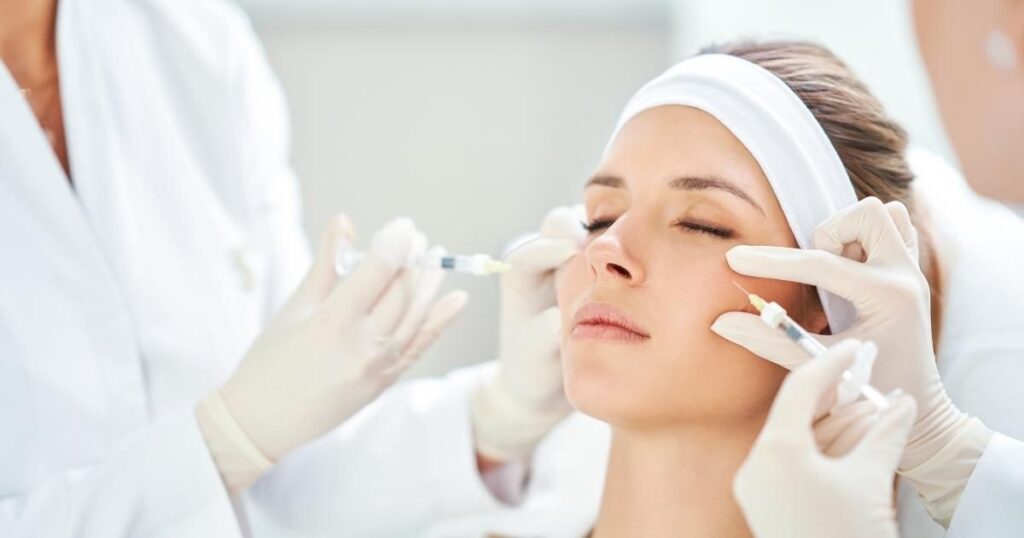
Knowledge is power, especially when preparing for Botox treatment. The information provided in this section relates to pre-treatment preparations, procedure details, and after-treatment care.
What Are the Pre-Treatment Preparations You Should Know?
- Medical History: Ensure you disclose your complete medical history to your healthcare provider, including any allergies, medications you are taking, or any previous complications with Botox or similar treatments.
- Avoid Certain Medications: Prevent bruising by stopping taking medications that thin the blood (like aspirin and ibuprofen) several weeks before your treatment.
- Skip the Booze: Avoid alcohol for at least one week before treatment. Alcohol can also thin the blood and increase your risk of bruising.
What to Expect During the Procedure?
- Short Duration: The Botox procedure typically takes less than 15 minutes, depending on the number of injections needed.
- Minimal Pain: Botox injections are generally not considered painful. Most patients compare the sensation to a bug bite.
- Immediate Return to Daily Activities: Most people can return to normal activities immediately after the procedure.
What Post-Treatment Care You Should Be Aware Of?
- No Rubbing: Avoid rubbing or massaging the treated areas, as this can cause the Botox to spread to other areas of your face.
- Mild Side Effects: Injection site side effects include bruising, swelling, or redness. These typically subside within a few hours or days.
- Patience with Results: Full results are brief; they typically become apparent within one to two weeks after treatment.
- Follow-Up Appointments: Regular follow-ups with your healthcare provider are essential to assess the treatment’s effectiveness and make any necessary adjustments.
Botox’s potential to improve skin texture marks a fascinating area of dermatological research. Exploring scientific evidence, clinical studies, and expert views suggests that Botox may be a powerful tool for comprehensive skin texture improvement. As ongoing research unravels more about Botox, we anticipate future developments in this field, heralding new ways to rejuvenate skin.
With such exciting potential, why not take the next step on your skin transformation journey? Visit Dr Tarek Bayazid for expert advice tailored to your skin needs. Book a Consultation with our experienced team today and discover how Botox improves skin texture and overall health. Embrace the future of skincare with us.
